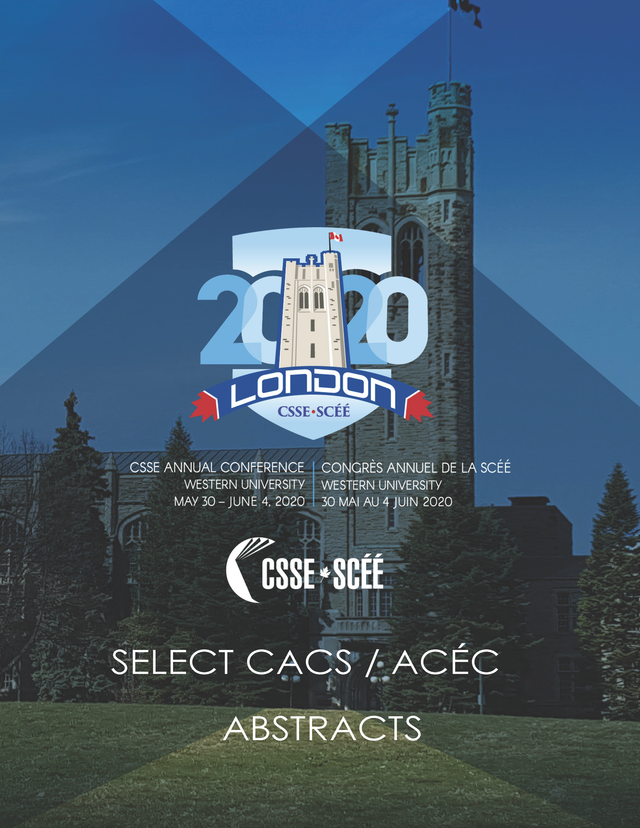Scientific Inquiry With the Steps to Inquiry Framework Fosters Creativity in an Early Primary Classroom
DOI:
https://doi.org/10.25071/1916-4467.40507Keywords:
science inquiry, creativity, primary educationAbstract
Student-centred science inquiry, and creative approaches to science, are both recommended in curricula for early years and primary education. In student-centred science inquiry, children learn to design simple investigations to address their own science questions. Creative approaches to science education involve supporting children in self-motivated imaginative activity, which generates knowledge that is of value to the child. Based on the literature, a conceptual framework of seven synergies between the two was developed by Cremin et al. (2015) categorized as Play and Exploration, Student Motivation and Affect, Questioning and Curiosity, Problem-Solving and Agency, Dialogue and Collaboration, Reflection and Reasoning, and Teacher Scaffolding and Involvement. This qualitative study used this conceptual framework as a lens to examine the science activities of children in a grade-one classroom with the Teacher Scaffolding and Involvement aspect engaged via the Steps to Inquiry posters created by Youth Science Canada (n.d.). Results suggest that guidance with the Steps to Inquiry posters resulted in increases in the following categories: Student Motivation and Affect; Problem-solving and Agency; Dialogue and Collaboration; and Reflection and Reasoning. Although the categories of Play and Exploration and Questioning and Curiosity also showed increases, there were limitations on what the children explored and the subject matter for their questioning and curiosity. The results imply that although the Steps to Inquiry posters did reduce “free rein” regarding subject matter, they did maintain the seven synergies between student-centered science inquiry and creative approaches to science. Implications are that the Steps to Inquiry posters are a valuable resource for supporting these pedagogical approaches that are recommended world-wide.Downloads
Published
15-07-2020
How to Cite
Dunn, M., & Rees, C. A. B. (2020). Scientific Inquiry With the Steps to Inquiry Framework Fosters Creativity in an Early Primary Classroom. Journal of the Canadian Association for Curriculum Studies, 18(1), 154–155. https://doi.org/10.25071/1916-4467.40507
Issue
Section
Science Education
License

Copyright for work published in JCACS belongs to the authors. All work is licensed under a Creative Commons Attribution-ShareAlike 4.0 International license.


